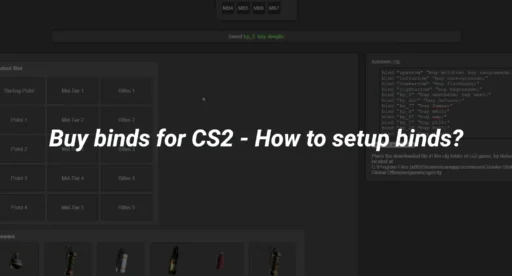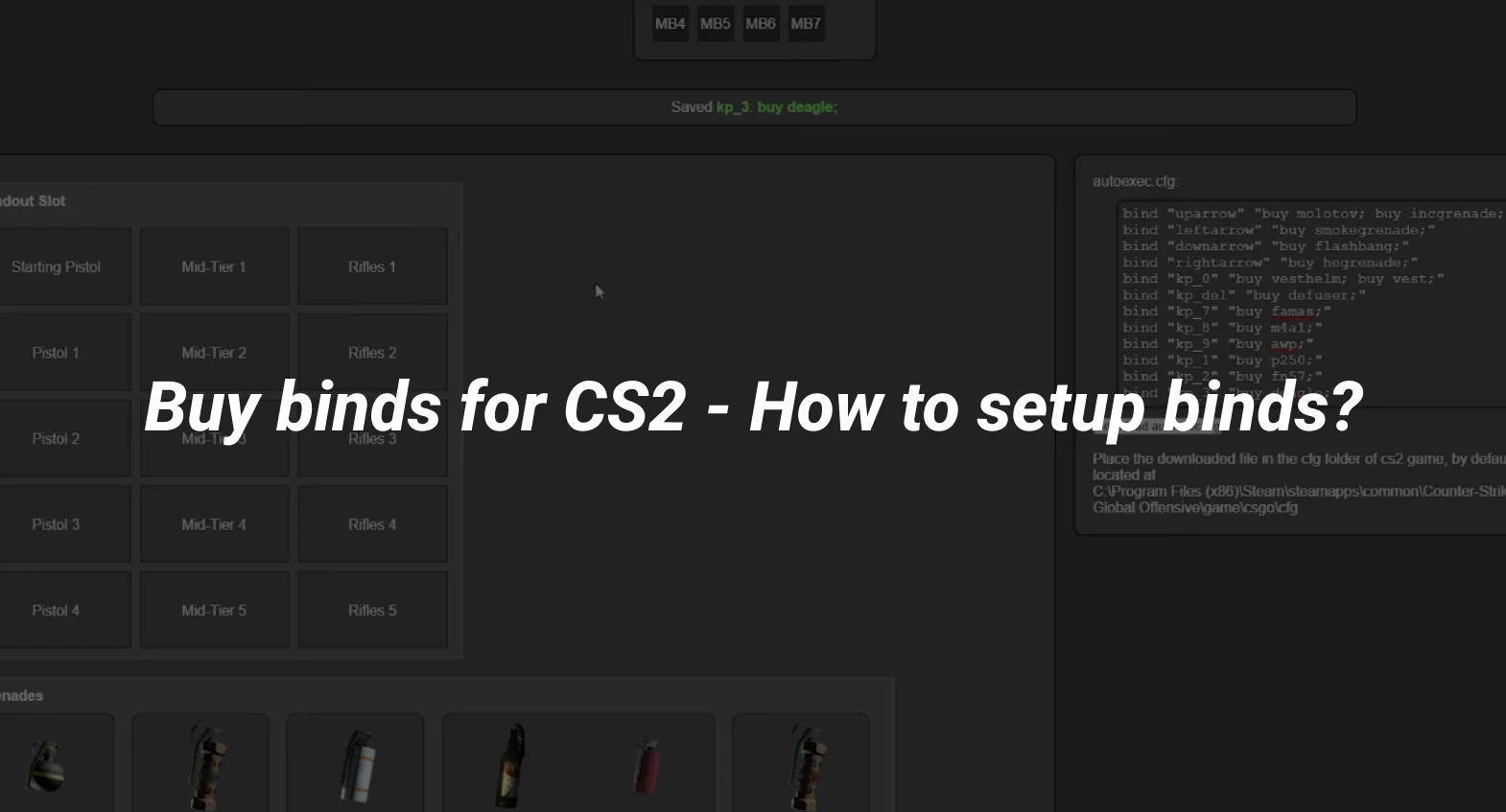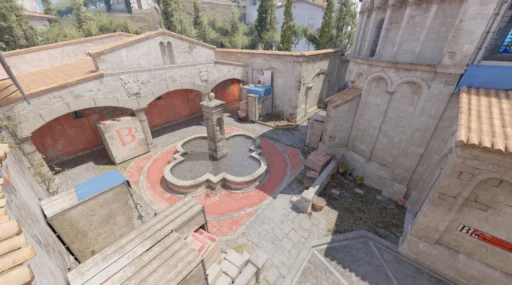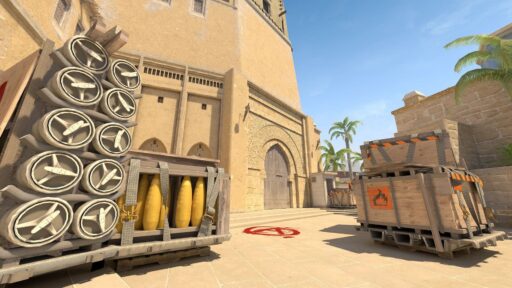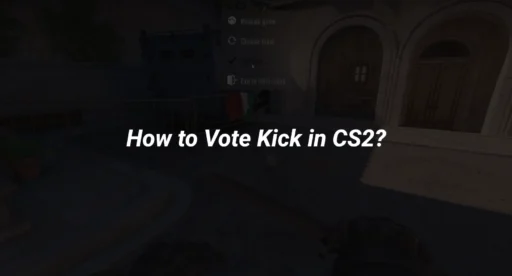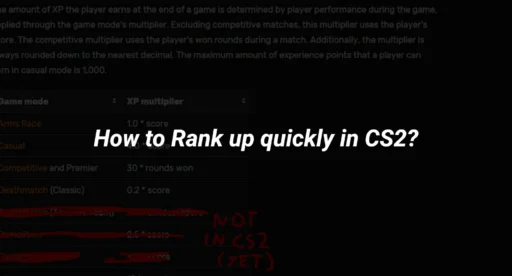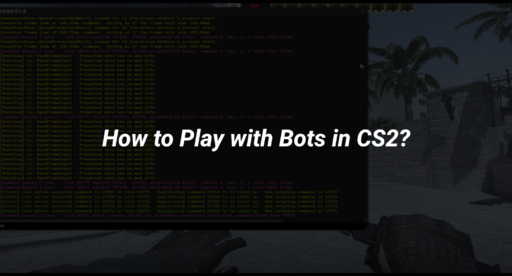Getting your buy binds set up in CS2 can make a huge difference in how you play. It’s like having a shortcut to get all your gear without fumbling through menus. Whether you’re a newbie or a seasoned player, understanding buy binds can save you precious seconds and keep you ahead in the game.
Key Takeaways
- Buy binds in CS2 help streamline your purchasing process, making it faster and more efficient.
- There are several ways to set up buy binds, including online tools, manual console commands, and autoexec files.
- It’s important to update your buy binds after game patches to ensure they work correctly.
Understanding CS2 Buy Binds
The Importance of Buy Binds in Competitive Play
In the fast-paced world of Counter-Strike 2 (CS2), every second counts. Buy binds can be a game-changer, allowing you to purchase weapons, armor, and utilities with a single keystroke. This efficiency is crucial in competitive play, where time saved in the buy menu can be spent strategizing with your team. A well-organized set of buy binds can improve your reaction time and overall performance, giving you an edge over opponents who manually navigate the cs2 buy menu.
Key Differences Between CS:GO and CS2 Buy Binds
Transitioning from CS:GO to CS2, players will notice some key differences in how buy binds function. While the core concept remains the same, CS2 introduces new commands and restrictions. For instance, binds like “bind noclip” are not as prevalent due to updated game mechanics. Additionally, the integration of new crosshair commands can affect how players set up their binds. Understanding these differences is essential for players looking to optimize their setup in CS2.
Common Mistakes and How to Avoid Them
Setting up buy binds might seem straightforward, but common mistakes can lead to in-game mishaps. Here are a few pitfalls to avoid:
- Overcomplicating Binds: Stick to simple and intuitive key assignments to prevent confusion during matches.
- Ignoring Updates: Game patches can alter command functionality. Regularly update your binds to ensure compatibility.
- Neglecting Practice: Test your binds in casual matches before entering competitive play to ensure they work as intended.
Remember, buy binds are not just about convenience—they’re about enhancing your gameplay. Take the time to set them up correctly, and you’ll see a noticeable improvement in your efficiency and effectiveness on the battlefield.
Setting Up Buy Binds in CS2
Using Online Tools for Quick Setup
Setting up buy binds in CS2 can be a breeze if you use online tools. Websites like csgobuynds.com offer an easy way to create these binds. Simply choose the keys you want to use and select the items or weapons you frequently purchase. This tool generates a script you can paste directly into your game. It’s a great way to quickly set up useful binds, saving time during gameplay.
Manual Configuration via Console
If you’re more hands-on, you can manually set up your buy binds using the console. First, you need to know how to open the buy menu in CS:GO and access the console. The default key is the tilde () key, but you can rebind it if needed. Once open, type in your bind commands, such as bind “p” “buy ak47; buy vesthelm; buy flashbang;”`. This method is more tedious but gives you full control over your setup.
Creating an Autoexec File for Persistent Binds
For those who want their binds to stick around, creating an autoexec file is the way to go. Start by creating a new text document named autoexec.cfg. Paste your buy scripts into this file. To ensure the game loads it every time, add -exec autoexec to your game’s launch options in Steam. This method keeps your binds consistent across sessions, making it easier to maintain your setup.
Remember, setting up buy binds is about making your gameplay smoother. Whether you prefer quick setups or detailed manual configurations, having the right binds can enhance your gaming experience. Don’t forget to include chat binds for quick communication with your team.
Optimizing Buy Binds for Different Strategies
Economic Strategies and Buy Binds
When you’re playing CS2, your economy is just as crucial as your aim. Having the right buy binds can make or break your strategy. You want to make sure your binds reflect your team’s economic situation. For instance, if you’re saving, a simple bind for a pistol and armor could be useful. On the flip side, when you’re flush with cash, a bind for a full buy including rifles, nades, and armor is ideal. This approach ensures you spend less time in the buy menu and more time preparing for the round.
Customizing Binds for T-Side and CT-Side
Each side in CS2 has its own unique needs. On the T-side, you might prioritize binds for weapons like the AK-47 and utility for aggressive plays. Conversely, on the CT-side, binds for M4A1-S and defuse kits become essential. It’s about tailoring your binds to fit the role and strategy you intend to play. Consider setting up separate binds for each side to streamline your purchasing process.
Advanced Techniques for Efficient Buying
To take your buy binds to the next level, think beyond just weapons and armor. Consider incorporating utility buys into your binds. A single key press that buys a smoke, flash, and HE grenade can give you a tactical edge. Additionally, you can use binds to quickly purchase and drop weapons for teammates, speeding up your team’s setup time.
Efficient buy binds aren’t just about speed; they’re about giving you a strategic edge. By optimizing your binds, you ensure that every round starts with the best possible setup, allowing you to focus on the game rather than fumbling through the buy menu.
Troubleshooting and Maintaining Buy Binds
Updating Binds After Game Patches
Keeping your buy binds up-to-date after game patches is crucial. Game updates can sometimes alter the way binds function, so it’s a good idea to review your configuration after each patch.
- Check Patch Notes: Always read the patch notes to see if there are changes affecting binds or commands.
- Test Your Binds: After an update, hop into a practice match to ensure everything works as expected.
- Adjust Your Binds: If something’s off, tweak your binds in the console or your autoexec file.
Common Issues and Their Solutions
Sometimes, binds might not work as intended. Here are some common problems and how to fix them:
- Quickswitch Bind Not Working: If your quickswitch bind isn’t functioning, ensure it’s correctly set up in the console. Double-check the syntax and make sure no recent updates have disabled certain commands.
- Radio Commands Overlapping: If radio commands are interfering with your binds, you might need to reassign keys to avoid conflicts.
- Bind Conflicts: If two actions are assigned to the same key, one will override the other. Go through your binds to ensure each key is uniquely assigned.
Best Practices for Backup and Recovery
Backing up your binds is a smart move. Here’s how you can do it:
- Backup Your Config Files: Regularly save copies of your config and autoexec files. This way, if something goes wrong, you can easily restore your settings.
- Use Cloud Storage: Store your backup files on a cloud service to access them from any device.
- Document Changes: Keep a simple text document noting any changes you make to your binds, so you can quickly revert if needed.
Maintaining your buy binds might seem tedious, but it pays off in the long run. Consistent performance in CS2 relies heavily on having reliable binds that suit your playstyle. With a little effort, you can ensure your setup remains smooth and effective, even as the game evolves.

